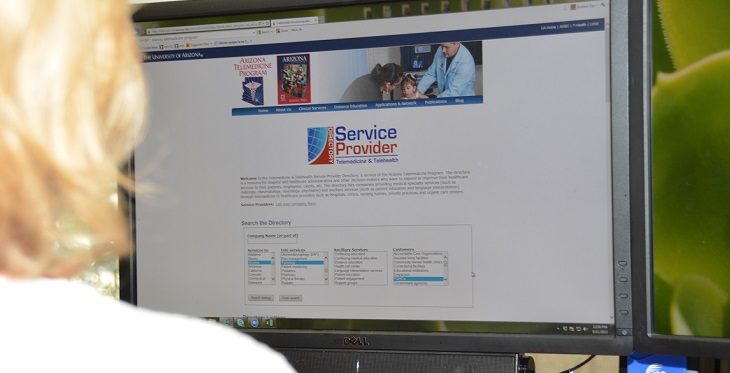As the Field Gets Bigger, Help is Here to Find Your Perfect Telemedicine Partner

Need a doctor? Just use your tablet to see one via video—your insurance company may even pay for it. Or go to your nearest pharmacy—or maybe a kiosk at your workplace—for a telemedicine visit. This new service model is much more convenient, faster and cheaper than heading to an emergency department or urgent care center, and it’s growing by leaps and bounds.
Telehealth services market surging
Jonathan Linkous, CEO of the American Telemedicine Association (ATA), cites proof that telehealth services are burgeoning:
- In the second quarter of 2015, telehealth and related companies raised $575 million—more investment money than Health Information Technology. Top venture capital deals in that quarter were Doctor on Demand and MDLive, at $50 million each.
- Teladoc, which says it’s the first telehealth company to go public, saw its shares soar by 50% during its IPO on July 1, raising more than $270 million by the end of the trading day.
- The past year has seen more than 800,000 online health consultations.
- More than 330 direct-to-consumer telehealth companies have registered for ATA’s new accreditation program.
- Parity laws requiring private insurers to pay for telemedicine and telehealth services are now on the books in 29 states and the District of Columbia.
Meanwhile, the nation’s largest health insurer, UnitedHealthcare, has partnered with three telemedicine service providers (Doctor on Demand, Optum’s NowClinic, and American Well) to cover video-based doctor visits just as for in-person visits. UnitedHealthcare says it will extend this initiative to more than 20 million customers by 2016.
And retail companies have entered the market too—witness the Walgreens Healthcare Clinic and the CVS MinuteClinic, which says it will use telemedicine to operate 1,500 MinuteClinic locations by 2017, putting 60% of US patients within 10 miles of a clinic. Walmart and Whole Foods are considering joining the retail health clinic boom as well.
How to find your best-fit telehealth partner
Consumers wondering how to choose a reliable telemedicine provider can go to the ATA website for a list of accredited services (there are 4 so far, and Linkous expects 10 to 15 more by the end of the year). Or they can use a provider that’s already been vetted by their insurer, employer, pharmacy or healthcare system.
But for hospitals, clinics, healthcare systems and other providers of healthcare services, the search for a telemedicine service provider is more complicated.
There are so many telemedicine service providers out there, and the industry is growing so fast, that it’s difficult to find a service provider that serves your state, serves your size and type of organization, and meets your community’s and customers’ needs. Most online telemedicine directories don’t distinguish between companies that actually offer medical services and those that are selling equipment or consulting or platforms. Internet searches, ads and websites often yield vague information that requires a lot of follow-up research just to narrow down the field to viable possible partners.
That’s why the Arizona Telemedicine Program created the national Telemedicine & Telehealth Service Provider Directory—to help decision-makers from hospitals and other entities (schools, correctional facilities, physician’s offices, nursing homes, etc.) find the telemedicine services they need.
Why this directory is the place to start
The directory is a public service, so there is no charge to use it or to list a company or program. Listings are vetted to ensure that the company or program is providing medical or ancillary services via telemedicine, and that they provide these services to entities such as hospitals, clinics, schools, etc.—not just directly to consumers.
Listing companies must disclose their location, contact information, incorporation date, corporate structure, tele-services provided, any ancillary services provided, states served, number of full- and part-time medical professionals employed and with what credentials, targets for the company's services, and number of customers currently served.
Companies can provide more details, like timeline to initiate services to a new customer, platform used, EHR integration, average patient wait times for services, integration of clinical practice guidelines into teleservices, number of teleconsults performed in each of the past four years, billing services, location and recruitment of healthcare professionals, payment model for services, and requirements for minimum volume or hospital size.
By providing this information up front, in an easily searchable format, the directory cuts the amount of time administrators spend searching for a good match. Listed companies offer more than 65 medical specialty services and 8 ancillary services, and the directory is continuing to grow.
If you’re looking for telemedicine services, I urge you to start with the directory. And if your company provides these services, list it now.
Photo credit: Angelette Holtrust
